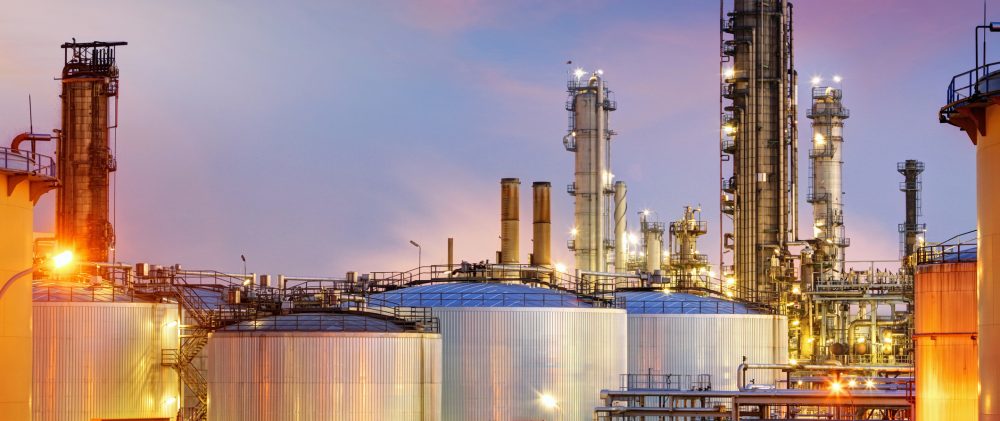Understanding Carbon Capture and Sequestration

Carbon Capture
Carbon – The King of Elements
The element carbon – number 14 on the periodic table – is the 15th most abundant element on planet Earth and the fourth most abundant element within the universe next to hydrogen, helium and oxygen. Derived from the Latin word carbo, meaning “coal,” carbon is responsible for a wealth of organic compounds, and is also the 2nd most abundant element found within the human body after oxygen. Often referred to as the “king of the elements,” carbon bonds in nearly infinite ways to form allotropes, creating diamonds and graphite, while also forming compounds such as limestone (calcium carbonate (CaCO3)and carbon dioxide (CO2). With carbon at the heart of all known life on Earth, it’s importance cannot be understated, however carbon emissions carry a rather negative connotation, and as a result, carbon capture has become an increasingly hot topic.
What Are Carbon Emissions
Carbon emissions relate primarily to carbon monoxide (CO1) and carbon dioxide (CO2), which the natural world produces, releases and balances in many ways from the ocean to the atmosphere, the soil, the decomposition of organic matter, through respiration, and via photosynthesis in plants. These natural systems maintain a level of homeostasis and neutrality, while human industry – through the extraction, refinement and burning of carbon-based fossil fuels – creates an imbalance with the release of carbon and other greenhouse gases into the atmosphere. Greenhouse gases absorb infrared radiation, trapping heat and raising the temperature of the planet in the phenomenon known as “global warming.” Scientists estimate that the effects of human activity since the Industrial Revolution has generated a 40% increase in the atmospheric concentration of carbon, claiming that it has caused a significant warming effect of the planet.
What is Carbon Capture
The process of carbon capture, otherwise known as carbon sequestration is a process by which carbon dioxide is captured as waste from large industrial sites such as power plants and refineries. It is then transported to locations to be stored in such a way that it will not re-enter the atmosphere. Carbon capture was developed as a means by which to sequester large quantities of CO2 underground in geological formations or to be used in enhanced recovery efforts as a pressurization technique to extract the maximum amount of crude from an oil field. Rather than allowing CO2 to flood the atmosphere as a byproduct of power generation and various industrial sectors, long term solutions for carbon capture and carbon storage (CCS) are still being developed. It continues to be explored as a viable CO2 mitigation solution as well as an economic initiative.
Carbon Storage
While carbon capture and storage appears to be a good idea – potentially reducing carbon emissions from a power plant with CCS capabilities by 80-90% compared to a non-CCS equipped operation – what is the feasibility of long term storage? Carbon is currently captured from fossil fuel power plants using techniques that include absorption, otherwise known as “carbon scrubbing,” or through membrane gas separation technologies where mixtures of gasses can be separated by synthetic membranes such as polyamide, cellulose acetate or by using ceramic membrane materials. Despite the potential environmental benefits of CCS, it carries the added expenses associated with capturing and compressing the CO2, which in the end could prove to be cost prohibitive. The most feasible long term storage option includes depositing sequestered CO2 within deep geological formations. Submarine, deep ocean storage is not currently an option due to the perceived effects of ocean acidification, which can affect delicate marine ecosystems such as coral reefs. According to the National Energy Technology Laboratory (NETL), it is believed that North America has the capacity to accommodate underground CO2 storage and sequestration for longer than 900 years, yet truly understanding the limitations and risks, such as the potential leakage of CO2 into the atmosphere from underground storage reservoirs remains unclear.
Contact an SCL Consultant Today
In a wide range of industrial sectors, SCL is committed to being the number one logistics and solutions provider for the products that protect and optimize the machines that keep our country moving. We pride ourselves on remaining at the forefront of industry trends and technological innovations, and as the market continues to evolve, we are committed to providing extensive product and industry knowledge and total performance satisfaction for our customers. For information on how we can assist your fleet in choosing the optimal products at a competitive price, contact an SCL consultant today.
